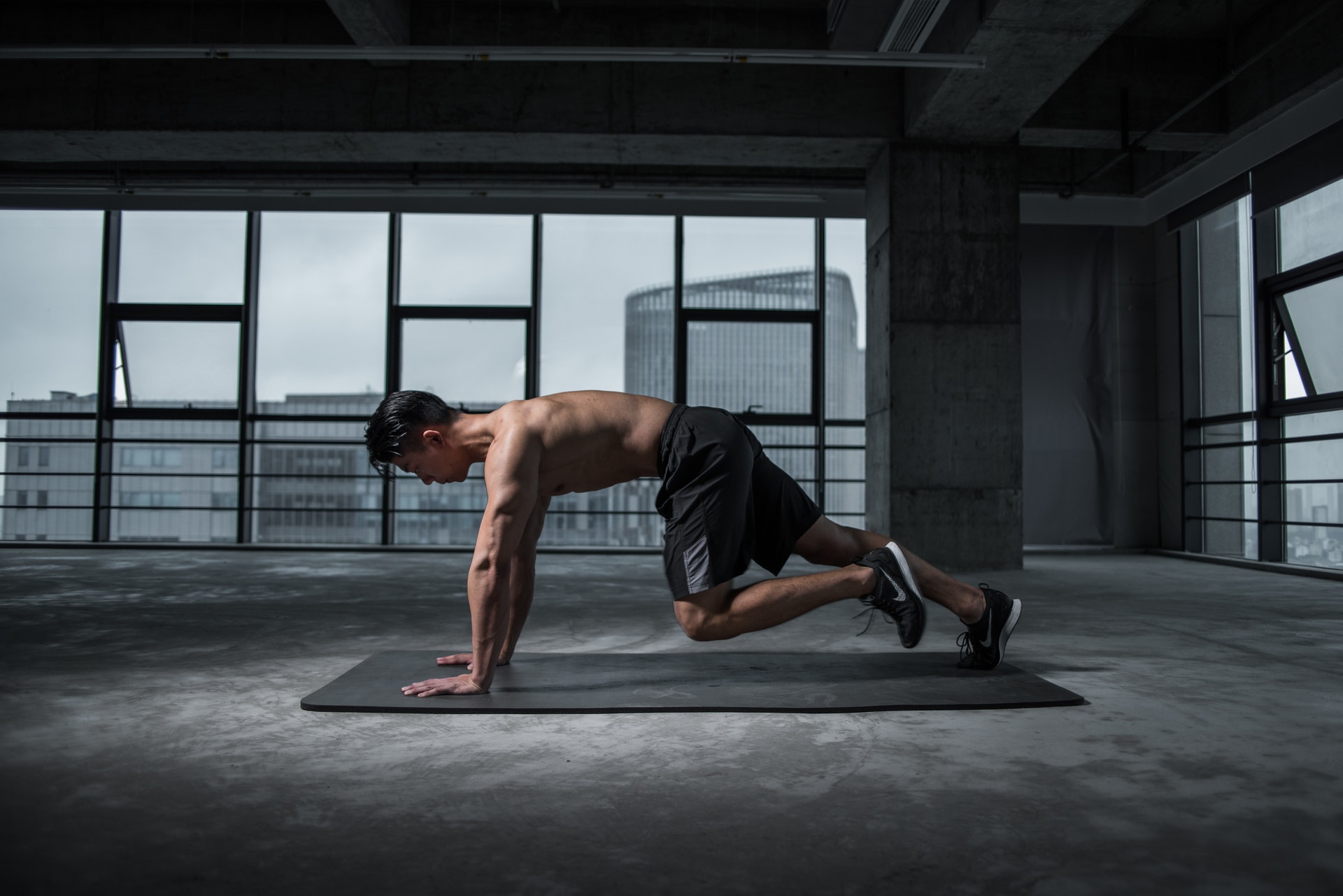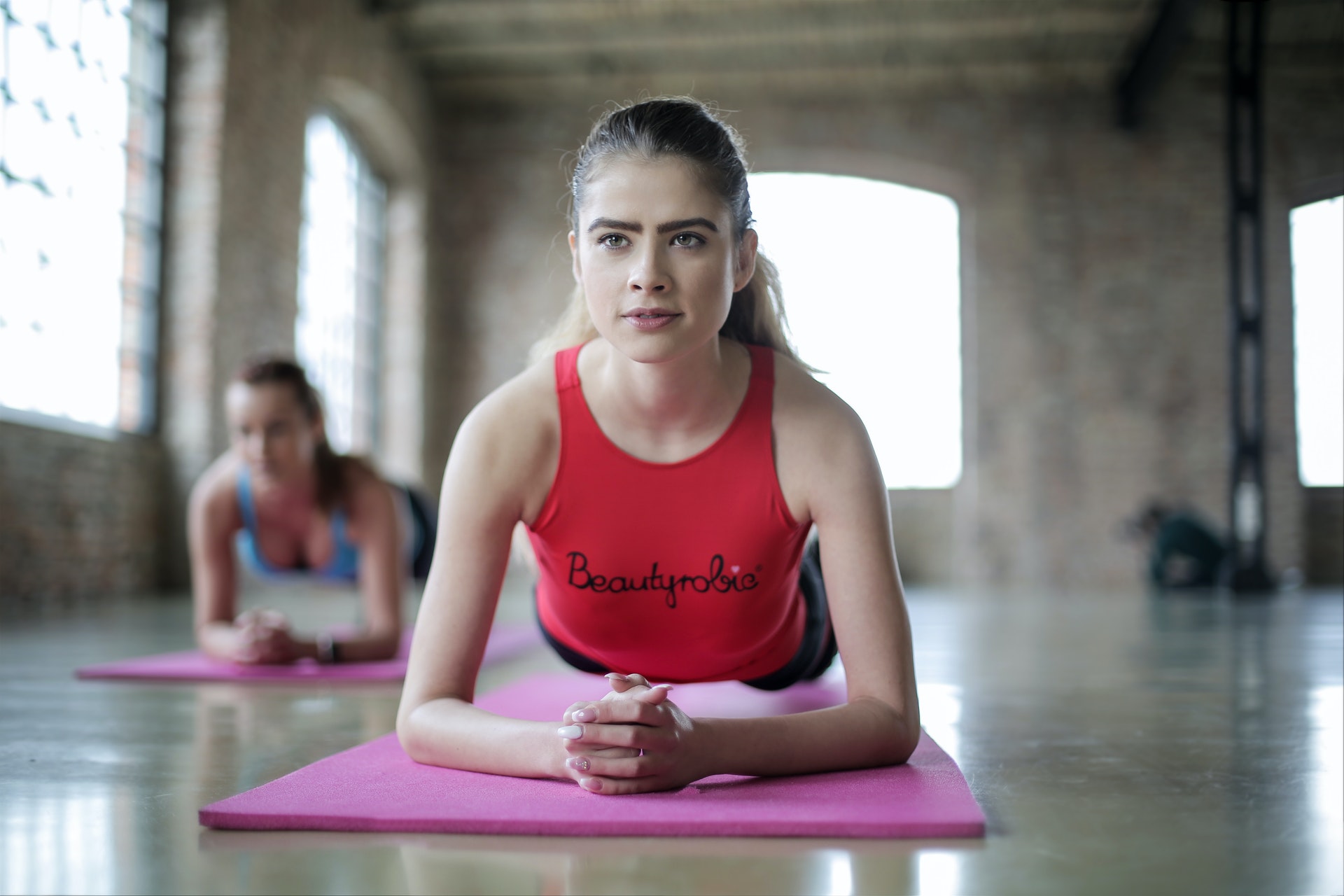To build the core strength of your dreams, ab crunches and sit-ups won’t cut it. Surprisingly, the best core exercises incorporate a variety of muscles, from your hips to your shoulders. Many people think of a strong core as a nice six-pack or defined abs, but the abs have a very limited and specific action, and what the experts refer to as the “core” actually consists of an array of different muscles that run the entire length of the torso (Healthbeat 2020). When these muscles contract, they stabilise the spine, pelvis, and shoulder girdle and create a solid foundation of support for the most powerful movements of your extremities. An effective core conditioning exercise program should target all of these muscle groups.

Anatomy Of The Core Muscles
Expert opinions vary when considering the core muscles, with some including the muscles of the pelvic floor. The following list includes the most commonly identified core muscles as well as the lesser-known groups:
- Rectus abdominis: Located along the front of the abdomen, this is the most well-known abdominal muscle and is often referred to as the six-pack due to its defined appearance in fit individuals.
- Erector spinae: This group of three muscles runs along your neck to your lower back.
- Multifidus: Located under the erector spinae along the vertebral column, these muscles extend and rotate the spine.
- External obliques: Located on the side and front of the abdomen.
- Internal obliques: Located under the external obliques, they run in the opposite direction.
- Transverse abdominis: Located under the obliques, it is the deepest of the abdominal muscles (muscles of your waist) and wraps around your spine for protection and stability.
- Hip flexors: Located in front of the pelvis and upper thigh, the muscles that make up the hip flexors include the psoas major, illiacus, rectus femoris, pectineus, and sartorius.
- Gluteus medius and minimus: These are located at the side of the hip.
- Gluteus maximus, hamstring group, piriformis: These are located in the back of the hip and upper thigh leg.
- Hip adductors: These are located at medial thigh and draw the legs into the midline.

Benefits Of Core Strength
Strengthening your core can provide many benefits. Injury prevention is one of the main aims of core exercise training, as many issues can occur if the spine isn’t properly supported.
Reduce Back Pain
The abdominal muscles often get all the credit for protecting the back and the foundation of strength, but in reality, they are only a small part of what makes up the core. Weak and imbalanced core muscles are often the most significant cause of back pain. Weak core muscles result in a loss of the lumbar curve and a swayback posture. Stronger, balanced core muscles help maintain appropriate posture and help reduce strain on the spine.
Improve Athletic Performance
As the muscles of the trunk and torso stabilise the spine from the pelvis to the neck and shoulder, the facilitate the transfer of power from the arms and legs. All powerful movements originate from the centre of the body and propel outwards, never from the limbs alone.
Before any strong, rapid muscles contractions can occur in the extremities, the spine must be stable and solid, and the more stable the core, the more powerfully the extremities can contract.
Improve Athletic Performance
As the muscles of the trunk and torso stabilise the spine from the pelvis to the neck and shoulder, the facilitate the transfer of power from the arms and legs. All powerful movements originate from the centre of the body and propel outwards, never from the limbs alone.
Before any strong, rapid muscles contractions can occur in the extremities, the spine must be stable and solid, and the more stable the core, the more powerfully the extremities can contract.
Developing Functional Fitness
Exercising the core muscles helps correct postural imbalances that can lead to injuries. The key benefit of core training is to develop functional fitness – the type of fitness that is essential to daily living and regular activities.
Enhancing Flexibility
Exercising the core muscles helps correct postural imbalances that can lead to injuries. The key benefit of core training is to develop functional fitness – the type of fitness that is essential to daily living and regular activities.
Exercise Preparations
Rather than solely working the abs, core strengthening exercise are most effective when the torso works as a whole unit with both front and back muscles contracting at the same time. These exercises should be multi-joint movements, and you should always monitor the stabilisation of your spine to avoid injury.
Many core strengthening exercises can be done by adding stability balls such as the PTPFIT Coreball and medicine balls like the MORGAN 2-Tone Commercial Grade Medicine Balls to your regular workouts, as well as balance products such as a Bosu Style Balance Ball.
Best Core Exercises
Core exercises are the most effective and efficient when they engage multiple muscles throughout the torso that cross several joints and works together to coordinate stability. Some of the best core workouts are simple bodyweight-based exercises, especially when combining individual exercises in a regime that works for you. To feel more burn and strengthen further, extra weights can be incorporated, such as the FORCE USA Tactical Training Vest, or the FORCE USA Rubber Hex Dumbbells.
Individual Exercises
- Dragon flag
- Plank
- Side plank
- Push-ups
- V-sit
- Squats
- Back bridge
- Hip lift
- Oblique twist
- Plank on a balance ball
- Lunge with twist
- Supermans
A fit, strong core will help make your daily exercises easier to do and improves your performance in sports and exercise. You can integrate core strengthening into your workout routine by taking your ab exercises off of the Floor and doing them standing or on a balance ball. Don’t simply settle for a six-pack when you could be strengthening your entire core, improving your lifestyle as well!





